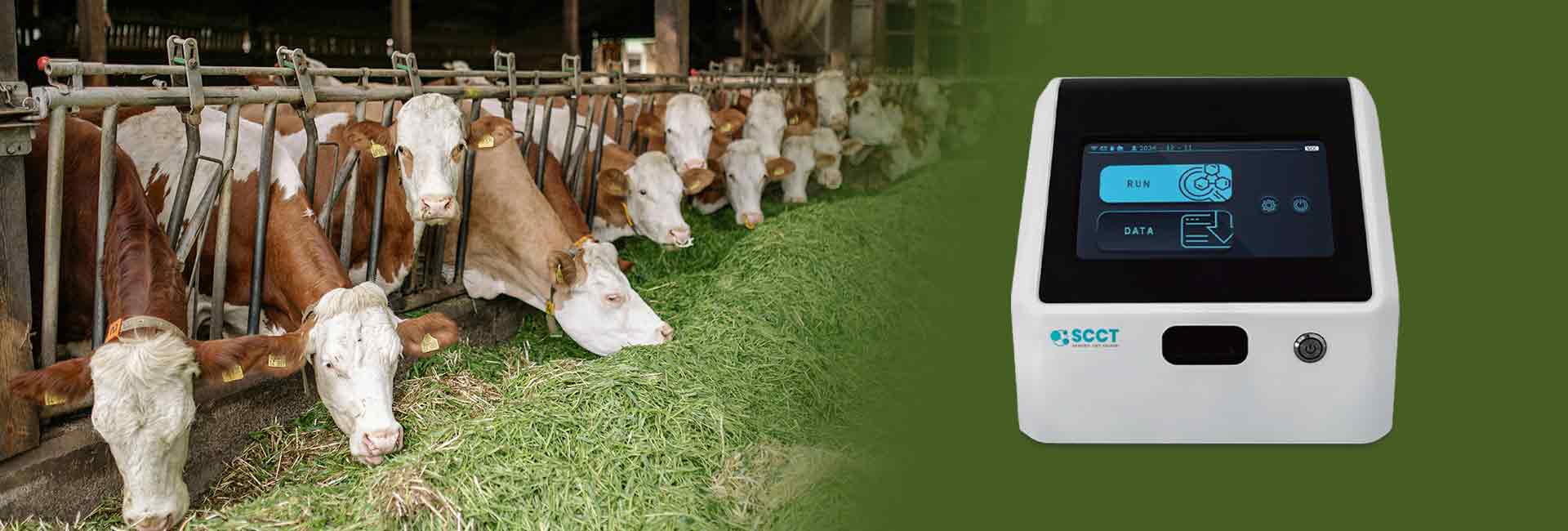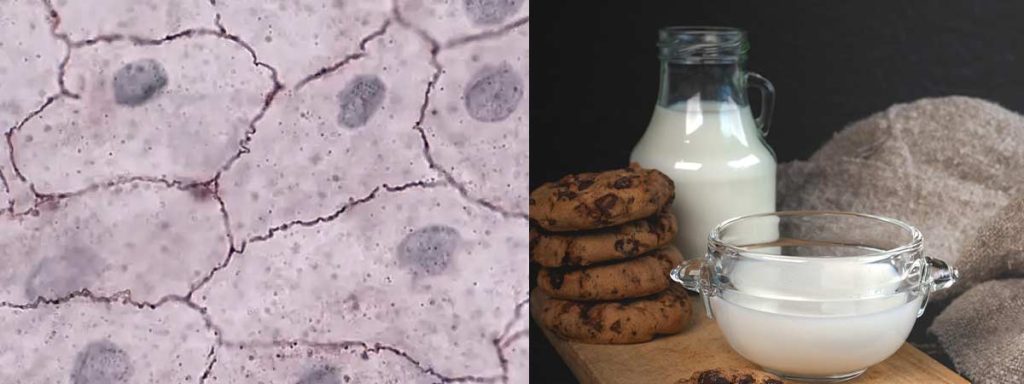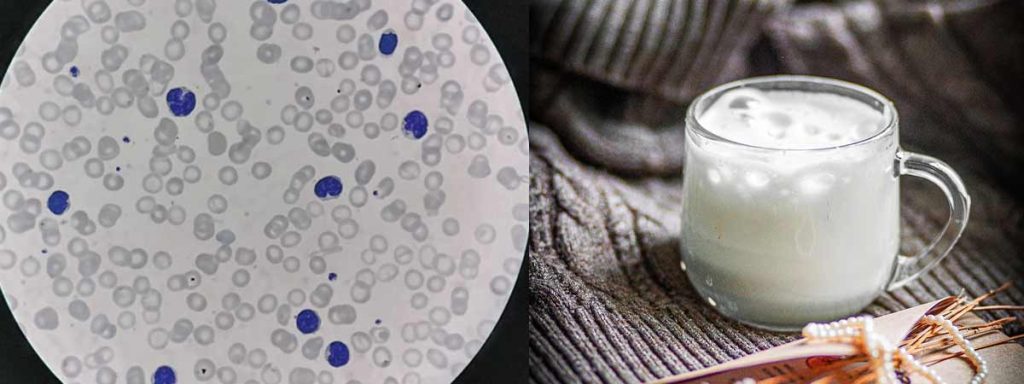

Scientists use somatic cell counting to evaluate the quality of milk and monitor animal health. Early research often focused on bacterial counts, but later studies revealed that somatic cell levels provide a clearer picture of udder health. Researchers found that high somatic cell count often signals infection or inflammation. Continued research led to new methods, improving accuracy and reliability. Each breakthrough in research has shaped the way producers protect both milk quality and animal health.
Key Takeaways
- Somatic cell counting is essential for assessing milk quality and monitoring cow health. High cell counts often indicate infections, making regular testing crucial.
- Advancements like Fossomatic technology and automated testers have revolutionized somatic cell counting. These innovations provide faster, more accurate results, improving efficiency in dairy farms.
- Digital analysis and real-time monitoring allow farmers to track somatic cell counts instantly. This helps in early detection of health issues, ensuring the production of safe, high-quality milk.
- Maintaining low somatic cell counts is vital for meeting industry standards. It protects milk quality and enhances farm profitability by reducing the risk of infections.
- Regular monitoring of somatic cell counts supports better herd management. Early intervention can prevent severe health issues in cows, promoting long-term animal welfare.
Early Somatic Cell Counting
First Observations in Milk
Researchers began to study the contents of milk in the early 20th century. They noticed that milk contained more than just fat, protein, and water. Scientists observed cells under the microscope and realized that these cells could reveal important information about the health of dairy cows. At first, most laboratories focused on counting bacteria in milk samples. They did not use somatic cell counting as a routine practice because the technology was limited and the process took a lot of time. Early studies showed that high cell counts often appeared in milk from cows with udder infections. This discovery encouraged more research into the role of cells in milk quality.
Note: Early scientists relied on simple tools and careful observation. Their work laid the foundation for modern milk testing.
Direct Microscopic Count
The direct microscopic count became one of the first methods for measuring cells in milk samples. Technicians placed a drop of milk on a glass slide and stained it with methylene blue. This dye helped them see the cells more clearly under the microscope. They counted the cells in several fields and calculated the average number. The process required patience and skill. Methylene blue staining played a key role because it made direct microscopic somatic cell count stand out from other particles in milk. Although this method improved accuracy, it remained slow and labor-intensive. Most dairy laboratories did not use it for routine testing. The need for faster and more reliable techniques led to new developments in somatic cell counting.
- Early methods:
- Used basic microscopes.
- Relied on manual counting.
- Applied methylene blue staining for better visibility.
These early efforts helped scientists understand the link between cell counts and milk quality. They set the stage for future advances in milk testing technology.
Advancements in Somatic Cell Count Methods
Fossomatic Technology
The introduction of Fossomatic technology marked a turning point in somatic cell count analysis. Researchers developed this automated system to address the limitations of manual microscopic methods. Fossomatic devices use flow cytometry, which allows rapid analysis of milk samples. The machine passes milk through a laser beam, and sensors detect somatic cells based on their light scattering properties. This process provides accurate somatic cell count results within minutes.
Dairy laboratories adopted Fossomatic technology because it improved efficiency and reduced human error. Technicians no longer needed to spend hours counting cells under a microscope. The system enabled high-throughput analysis, which helped producers monitor milk quality more effectively. Fossomatic technology also standardized somatic cell count testing, making results more reliable across different laboratories.
Fossomatic technology transformed milk analysis by automating cell detection and reducing variability in results.
Somatic Cell Count Tester
Somatic cell count tester represents the next stage in milk analysis. The device combines advanced imaging, nanoparticle-mediated detection, and sophisticated algorithms to deliver fast and precise results. The shift to electronic methods began with the need for real-time analysis of milk samples. Automated testers use image-processing algorithms to analyze thousands of cells in seconds. This approach increases accuracy and repeatability in somatic cell count analysis.
Modern testers often include AVM modules, which facilitate visualization and retention of nanoparticle-cell aggregates. This innovation enables rapid, on-site visualization and real-time results for milk samples. Nanoparticle-mediated detection eliminates the need for fluorescent labeling, streamlining the workflow and overcoming limitations of conventional methods. The integration of these technologies allows dairy producers to perform cmt analysis directly on the farm, reducing delays and improving decision-making.
The following table summarizes key innovations in automated somatic cell count analysis:
| Innovation | Description | Impact |
|---|---|---|
| AVM Module | Facilitates visualization and retention of nanoparticle-cell aggregates | Enables rapid, on-site visualization and real-time results |
| Image-Processing Algorithm | Automates image analysis for somatic cell counting | Increases accuracy, repeatability, and efficiency |
| Nanoparticle-Mediated Detection | Uses a novel detection mechanism without fluorescent labeling | Overcomes limitations of conventional methods and streamlines workflow |
Somatic cell count test kit has revolutionized cmt analysis in dairy science. Producers now receive instant feedback on milk quality and udder health. The improvements in accuracy and efficiency support better management decisions and enhance overall milk safety. Automated analysis of milk samples ensures consistent monitoring and helps maintain industry standards.
Tip: Somatic cell count tester allows dairy farms to track cmt analysis trends and respond quickly to changes in milk quality.
Modern Somatic Cell Counting in Milk
Digital Analysis

Modern dairy science uses digital analysis to improve somatic cell count accuracy. Laboratories now rely on advanced imaging systems and software to process milk samples. These systems scan each sample and identify mammary cells quickly. Digital platforms store data from each test, allowing easy tracking of healthy milk trends over time. Scientists use digital tools to compare somatic cell count results across herds and regions. This approach helps identify patterns in mammary health and supports early detection of problems. Digital analysis also reduces errors that manual methods once caused.
Digital integration in somatic cell counting allows for faster, more reliable results and supports better decision-making for healthy milk production.
Real-Time Monitoring
Dairy farms now use real-time monitoring to track somatic cell count in milk. The somatic cell count tester provides instant feedback on mammary health. Farmers can test milk from each cow and receive results within minutes. This rapid response helps identify mammary infections before they affect healthy milk quality. Real-time monitoring systems connect to farm management software. These systems alert staff when somatic cell count rises above safe levels.
Farmers use this information to separate milk from cows with high mammary cell counts. This practice protects the supply of healthy milk and reduces the risk of spreading mammary infections. Real-time data also helps farmers adjust feeding, milking routines, and mammary care practices.
- Benefits of real-time monitoring:
- Immediate detection of mammary issues
- Improved healthy milk quality
- Better control over mammary health management
A table below summarizes the impact of digital and real-time technologies:
| Technology | Benefit for Healthy Milk |
|---|---|
| Digital Analysis | Tracks mammary health trends |
| Real-Time Monitoring | Prevents mammary infection spread |
| Somatic Cell Count Tester | Ensures rapid mammary assessment |
Modern somatic cell counting methods support dairy farms in producing healthy milk. These technologies help maintain mammary health and meet industry standards for milk quality.
Impact of Somatic Cell Counts
Milk Quality
Somatic cell counting has transformed how dairy scientists measure milk quality. High somatic cell counts in milk often signal udder infection or inflammation in cows. When the mammary gland faces infection, the number of somatic cells rises. This increase affects both the taste and safety of milk. Producers use the california mastitis test to detect elevated scc levels and identify infected milk before it enters the supply chain. The table below shows how somatic cell count and total plate count (TPC) serve as indicators for milk quality and safety:
| Indicator | Description | Impact on Milk Quality and Safety |
|---|---|---|
| SCC | Measures udder health and subclinical mastitis | High SCC indicates poor udder health, affecting milk quality |
| TPC | Indicates bacterial contamination | High TPC correlates with lower milk quality and safety outcomes |
Routine monitoring of individual cow scc helps producers remove infected milk, protecting consumers and improving overall quality.
Animal Health
Somatic cell counts provide a direct link to mammary health in dairy cows. High counts often point to intra-mammary infection or lactational mastitis. When infection occurs, the mammary gland responds by sending more somatic cells to fight bacteria. The california mastitis test allows early detection of infection, reducing the risk of chronic mammary gland problems. Healthy mammary tissue produces milk with low somatic cell counts. Farmers track individual cow scc to monitor udder health and prevent the spread of infection. Early intervention lowers the chance of severe mammary gland damage and supports long-term animal health. Regular testing also helps identify cows with persistent infection, allowing targeted treatment and better herd management.
Industry Standards
Industry standards now require strict control of somatic cell count in milk. Regulatory agencies set limits to ensure udder health and reduce the risk of infected milk reaching consumers. The california mastitis test and automated systems help producers meet these standards. Economic data shows that poor management of somatic cell counts leads to revenue decline for dairy farms. The table below highlights the financial impact of high somatic cell counts:
| BTSCC Range (cells/mL) | Revenue Decline ($/cow/year) | GM Decline ($/cow/year) | Profit Decline ($/cow/year) |
|---|---|---|---|
| >200 to ≤400 | $228.5 | $155.6 | $138.6 |
| <14 kg/d production | $286.8 | N/A | N/A |
| ≥14 kg/d production | $446.5 (14-19 kg/d) | N/A | N/A |
| ≥19 kg/d production | $601.9 | N/A | N/A |
| Small-scale producers | $1,914.9 | $274.5 | -$224.1 |
| Profit range | $227.0 to -53.1 | N/A | N/A |
Maintaining low somatic cell counts protects both milk quality and farm profitability. By focusing on udder and mammary gland health, producers reduce infection rates and meet industry expectations for safe, high-quality milk.

Conclusion
Somatic cell counting has evolved from manual microscopic methods to advanced digital technologies. Researchers continue to rely on these tools to protect milk quality and animal health.
Future innovations in somatic cell count technology may offer even faster and more accurate results. Dairy science will benefit from ongoing progress, helping producers deliver safer milk to consumers.
FAQ
What Is Somatic Cell Count Score in Dairy Science?
Somatic cell count score measures the number of cells, mainly white blood cells, in milk. Scientists use this count to check udder health and milk quality. High counts often indicate infection or inflammation in dairy cows.
Why Do Dairy Farms Monitor Somatic Cell Counts?
Dairy farms monitor somatic cell counts to detect udder infections early. Regular testing helps farmers maintain milk quality and protect animal health. Low counts mean healthy cows and safe milk for consumers.
How Has Technology Improved Somatic Cell Counting?
Technology has made somatic cell counting faster and more accurate. Automated machines and digital analysis now provide instant results. These advances help farmers respond quickly to health issues and improve milk safety.
What Happens When Somatic Cell Counts Are High?
High somatic cell counts usually signal udder infection. Farmers separate milk from affected cows to prevent contamination. Early detection and treatment reduce the risk of spreading infection and protect herd health.
Are Somatic Cell Counts Linked to Industry Standards?
Industry standards require low somatic cell counts in milk. Regulatory agencies set limits to ensure safe, high-quality milk. Farms must meet these standards to sell their milk and maintain profitability.
